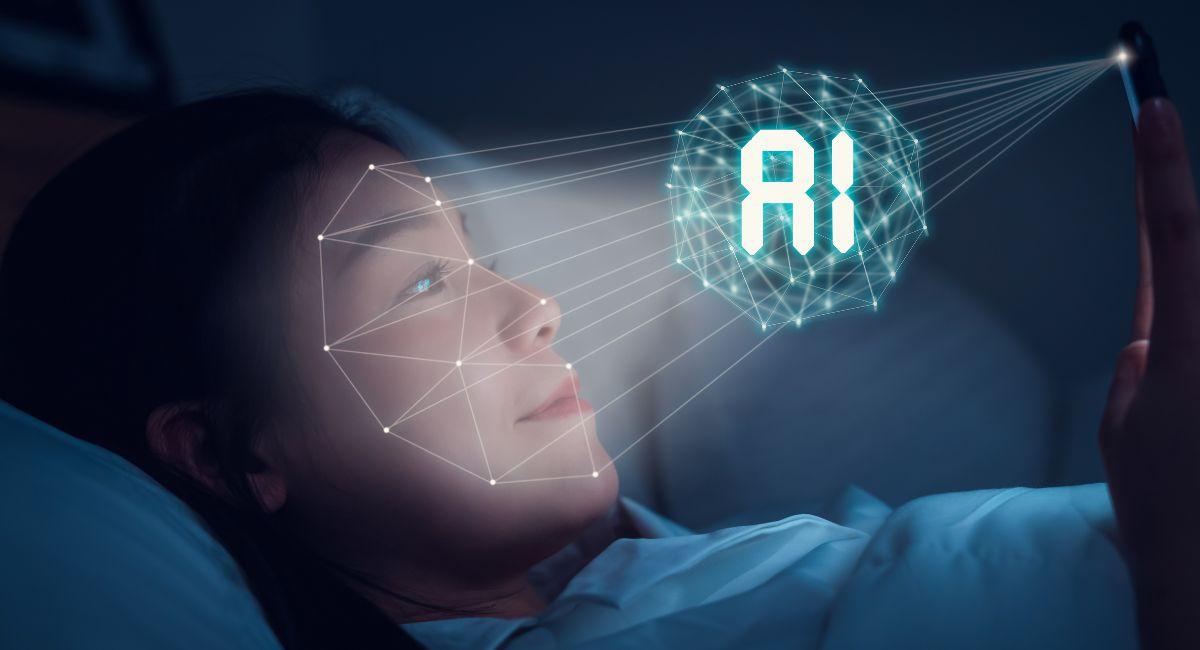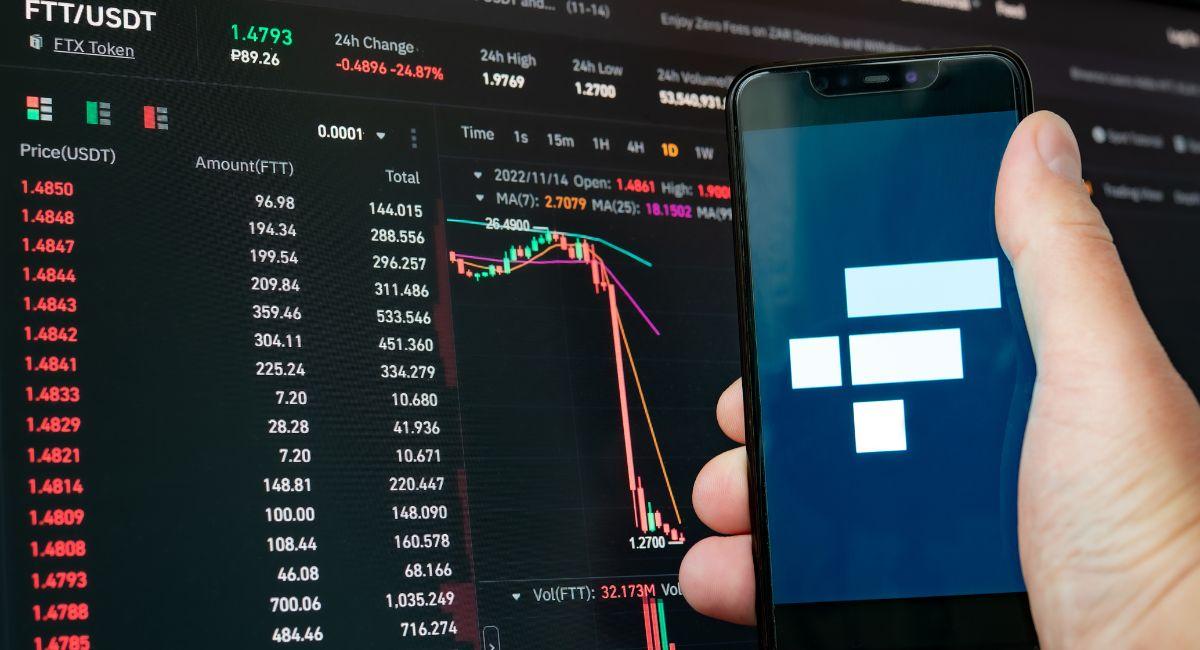Top 10 Role OF AI In Metaverse For Combining Amazing Virtual Reality With Blockchain

The metaverse and man-made brainpower are two of the most notable innovations of the 21st century. Each has the potential to improve people’s lives in many ways, to make many industries better, and to make many work processes more effective. AI in metaverse can help in many areas, such as healthcare, gaming, management, marketing, education, and more. Most of the time, each of these technologies is looked at on its own, without thinking about how they affect each other or if they can work together. AI is a very important part of the metaverse. The role of AI in Metaverse is to combine technologies like virtual reality, 3D animation, and blockchain.
The idea of the metaverse is based on the things that this technology will be able to do or what it promises to do. Some of the most important things that the metaverse promises are a decentralised world, a way to check someone’s identity, smart contracts, and ETPs. The first promise is that the metaverse will not have a single point of control. It’s a lot like the idea behind web3, where users control their identities, digital assets, and data, all stored on a secure, unchangeable distributed ledger. Unlike the current web2, which is controlled by a small number of large technology companies, this goal will give all internet users more power.
The next goal for AI in Metaverse is to check the person’s identity. In this case, the metaverse uses blockchain technology to make sure that only authorised users can access data and check the identities of users. Some tech industry leaders believe that self-sovereign personalities (SSI) should be used in the metaverse. SSI are computer characters that are linked to real-world confirmation and approval information (like biometrics) and are managed in a decentralised way.
Smart contracts are another promise that comes with the idea of the metaverse. These contracts protect transactions and make them easier to do. Smart contracts are computer programmes or transaction protocols that can automatically record, control or carry out actions based on the terms of an agreement or contract that has been signed. So, it is expected that the metaverse will have this function to ensure that different actions, like trading, are done according to the rules set.
Everyday I feel I am working in the future of the world. Metaverse + AI. The major paradigm shift around jobs would be only bigger than what internet brought us.
(Not generated by GPT)
— Ray Lu (@RayLuCode) March 17, 2023
What is the work of AI in Metaverse?

AI can help speed up many business processes and help people solve problems more quickly by using chatbots. Also, the Metaverse will use this way of talking to each other. Chatbots can help Metaverse users by giving them instructions and information about different products and services, answering their questions, completing transactions on their behalf, taking orders, and doing other tasks on top of what they already do in customer service, marketing, sales, and other areas. For example, if a customer can’t find a certain product, the chatbot could easily fix the problem by telling them where to find the Metaverse.
Also, computerised reasoning can be used to make full points of interaction that help all customers, including those with disabilities, get the most out of their trips. So, AI can help make the Metaverse a platform that is easy to use and friendly to its users. With the help of technologies like Natural Language Processing (NLP), speech recognition, computer vision, translation, and augmented reality, users will be able to interact with the Metaverse in their own language and through images and videos. These technologies will also improve how users interact with the Metaverse.
AI in Metaverse can also work together through digital avatars. AI can help create environments, dialogue, and images by using NLP, virtual reality, and computer vision. This way, users can have avatars that look and sound like them.
In a nutshell, AI can interact with the Metaverse through digital avatars, chatbots, interfaces, and other ways. But since the Metaverse hasn’t arrived yet, artificial intelligence may improve even more until the new version of the Internet comes out, which will give these technologies new ways to work together.
Top 10 Roles of AI in the Metaverse for Combining VR and Blockchain:

The merging of virtual reality (VR) and blockchain within the metaverse promises a future of immersive, interactive, and decentralized experiences. Artificial intelligence (AI) plays a crucial role in bridging these two technologies, unlocking their full potential and creating a seamless, engaging user journey. Here are the top 10 ways AI will shape the metaverse:
1. Personalized Avatars:
- AI analyzes user data (interests, preferences, body language) to create hyper-realistic, dynamically adapting avatars that reflect individual personalities and emotions.
- AI-powered chatbots and assistants personalize interactions and cater to individual needs within the metaverse.
2. Enhanced Immersion and Realism:
- AI generates realistic environments, dynamically adjusting lighting, soundscapes, and weather based on user preferences and actions.
- AI simulates realistic physics and object interactions, making movements and experiences feel natural and intuitive within the VR space.
3. Immersive Storytelling and Content Creation:
- AI algorithms dynamically generate personalized quests, narratives, and events tailored to individual user preferences and past experiences.
- AI tools like chatbots and virtual assistants can engage users in interactive dialogues and dynamic storylines within the metaverse.
4. Secure and Transparent Economies:
- AI monitors blockchain transactions and user behavior for anomalies, identifying and preventing fraudulent activities.
- AI assists in smart contract development and execution, ensuring secure and transparent financial transactions within the metaverse.
5. Language Translation and Communication:
- AI-powered real-time translation enables seamless communication across languages, breaking down barriers and fostering global interaction within the metaverse.
- AI facilitates natural language processing, allowing users to interact with objects and avatars through voice commands and gestures.
6. Accessible and Inclusive Experiences:
- AI personalizes interfaces and interactions based on individual needs and abilities, making the metaverse accessible to users with disabilities.
- AI translates text and audio into alternative formats like sign language or braille, ensuring full participation for all members within the metaverse.
7. Optimized Learning and Education:
- AI tailors educational content and learning experiences to individual learning styles and pace, maximizing knowledge retention and engagement.
- AI-powered virtual tutors and simulations provide personalized feedback and guidance, enhancing learning outcomes within the metaverse.
8. Efficient Decentralized Governance:
- AI facilitates voting and decision-making processes within DAOs (Decentralized Autonomous Organizations) governing the metaverse.
- AI analyzes data and predicts potential outcomes, informing and guiding effective decision-making for metaverse communities.
9. Curating and Recommending Content:
- AI recommends relevant experiences, events, and communities based on user preferences and engagement history.
- AI personalizes search results and filters content, promoting high-quality, user-specific experiences within the metaverse.
10. Building Trust and Transparency:
- AI generates explainable outcomes and decisions, fostering trust and understanding in the complex interactions within the metaverse.
- AI tracks and audits activities on the blockchain, ensuring transparency and accountability for all participants in the metaverse.
Remember, this is just the beginning. As AI and blockchain technologies continue to evolve, their combined impact on the metaverse will become even more transformative, shaping the future of virtual experiences and pushing the boundaries of human interaction.
Fostering Innovation and Collaboration in the Metaverse:

In the dynamic landscape of the metaverse, where virtual reality (VR) intersects with blockchain technology, artificial intelligence (AI) emerges as a powerful catalyst for driving innovation and collaboration. This convergence unlocks new frontiers of creativity and entrepreneurship, empowering creators, developers, and entrepreneurs to push the boundaries of what’s possible in digital realms.
- AI-driven Content Creation Tools:
- AI-powered content creation tools revolutionize the way creators bring their ideas to life within the metaverse. These sophisticated tools leverage machine learning algorithms to automate and streamline the process of generating digital content, from 3D models and animations to immersive environments and interactive experiences. By harnessing the power of AI, creators can accelerate their workflow, experiment with new concepts, and iterate on designs with unprecedented speed and efficiency, fueling a culture of innovation and experimentation in the metaverse.
- Virtual Prototyping Platforms:
- Virtual prototyping platforms powered by AI provide a sandbox environment for creators to experiment, collaborate, and iterate on their ideas in real-time. These platforms offer intuitive interfaces and powerful simulation tools that enable users to design and visualize complex systems, architectures, and interactions within virtual environments. By enabling rapid prototyping and iteration cycles, AI-driven virtual prototyping platforms empower creators to refine their concepts, gather feedback, and iterate on designs collaboratively, fostering a culture of iterative innovation and continuous improvement in the metaverse.
- Collaborative Development Environments:
- AI-driven collaborative development environments facilitate teamwork and collaboration among creators, developers, and entrepreneurs working on metaverse projects. These platforms provide integrated tools for version control, project management, and real-time collaboration, enabling geographically dispersed teams to work together seamlessly on shared projects. By breaking down barriers to collaboration and fostering a culture of teamwork and cooperation, AI-driven collaborative development environments empower creators to pool their talents, resources, and expertise to tackle complex challenges and bring ambitious projects to fruition in the metaverse.
- AI-driven Marketplaces and Recommendation Systems:
- AI-driven marketplaces and recommendation systems play a pivotal role in connecting creators with audiences and monetizing their content within the metaverse. These platforms leverage machine learning algorithms to analyze user preferences, behavior patterns, and market trends, enabling personalized recommendations and targeted content discovery. By curating and promoting user-generated content, AI-driven marketplaces empower creators to reach global audiences and monetize their creations, generating sustainable income streams and fostering a thriving creative economy in the metaverse.
Conclusion:
As the metaverse continues to evolve into a vibrant and interconnected digital ecosystem, the role of AI in fostering innovation and collaboration cannot be overstated. By providing creators with powerful content creation tools, virtual prototyping platforms, collaborative development environments, and AI-driven marketplaces, AI unlocks new possibilities for creativity, collaboration, and entrepreneurship within the metaverse. As we harness the synergies between AI, VR, and blockchain technologies, we can unlock new frontiers of digital culture and commerce, shaping the future of human interaction and creativity in the virtual age. As we embark on this transformative journey, let us embrace the potential of AI to unite realms and redefine the boundaries of human imagination in the metaverse.




























































